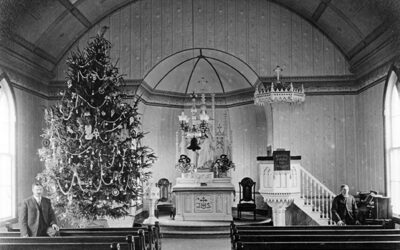Fort Kearny, Nebraska, ceased to be an active military post in 1871. Two years later, as the fort was about to be dismantled, the Adams County Gazette of Juniata editorialized on the need to preserve its history:
“Old Fort Kearney is being dismantled, and in a short time will be entirely demolished. It will be fortunate if any spirit of the forest shall cry, ‘Woodman spare that tree!’ as to prevent the cutting down of the beautiful trees there, which thoughtful officers planted for their successors and the coming time. It was long the central and important point for all operations, military or civil, with whites or Indians, for all this plateau country between the Mississippi river and the Rocky Mountains. It was the heart of a life, strongly marked, and altogether unique, finding probably no parallel in history. Through it there pulsed the currents of some two or three pretty clearly marked and successive varieties of this peculiar life, with a language to correspond to each individual form. This life, of which Fort Kearney is the departing symbol, was worthy of an even more permanent record. Will someone, who . . . was an actor in that life, give it a voice and a history that others than its actors may see it and feel its throbbings? We feel sure it would find interested readers and an appreciative and thankful public.”
The editor would probably be pleased to know that much has been written about the history of Fort Kearny, and that a portion of the original site is today preserved as a state historical park with a museum and several restored structures.



